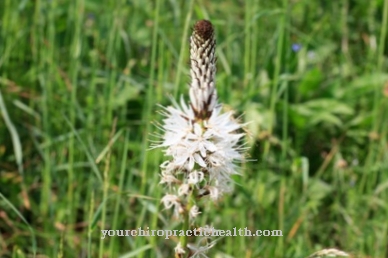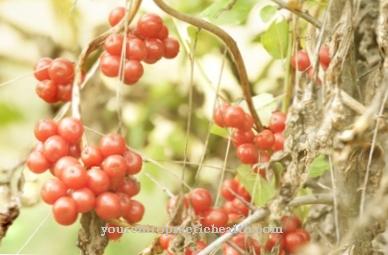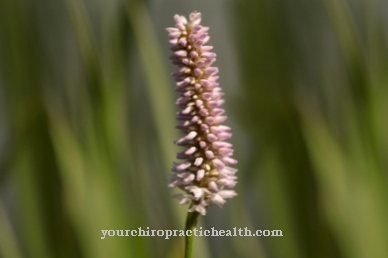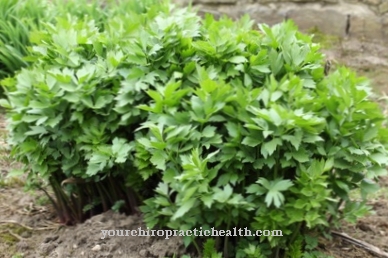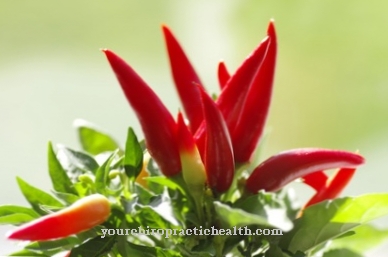Occurrence & cultivation of the field thistle

The Thistle is a herbaceous plant and occurs throughout Central Europe. Their roots can drift up to 2.8 meters deep. The height of growth can reach up to 1.5 meters. Their honey-scented flower nectar serves as food for many insects. It prefers open locations with sufficient sunlight and moderate humidity.
They are often found on the edge of fields, meadows and paths. It mainly grows on loamy soils. It thrives up to an altitude of about 2000 meters. Since the plant reproduces strongly, it is combated with herbicides on cultivated areas in agriculture. The thistle is traditionally used in popular cuisine. Homeopathy and conventional medicine also use derivatives of the plant.
Effect & application
The thistle is often referred to as a weed. In the past centuries it was originally used as a food for poorer sections of the population in addition to being used as a medicine. The young, still thornless leaves can be prepared as a leaf salad in the raw food kitchen. In addition, the thistle can be steamed and cooked like spinach vegetables. Above all, their high protein content is long-lasting satiety. The taste of the young leaves is restrained and less bitter.
The larger and spiked leaves are inedible in the raw state due to the strongly pronounced bitter substances they contain. The hay-like bottoms of the flower heads are a rare delicacy. Similar to the artichoke, steamed or pickled, they are healthy and exquisite in taste. Flower heads inlaid in honey can also be found in southern Germany. The field thistle has also been known as a medicinal plant for many centuries. The abbess Hildegart von Bingen already documented the diverse uses of the plant.
All parts of the plant are used in natural medicine. The dried roots can be prepared as a high-proof tincture or as a concentrate. The leaves of the safflower are suitable as a tasty tea fresh or dried with boiling water. Such an infusion can also be made from the fresh flower heads. The seeds of the thistle plant are low in oil. In naturopathy, the seeds are used to prepare infusions.
Importance for health, treatment & prevention
As a centuries-old home remedy, thistle is used for diseases of the liver, kidneys and gallbladder. With the bitter substances it contains, it stimulates the liver metabolism. The plant also has a diuretic effect. In particular, the stabilization and regeneration of already damaged liver cells, which has been well documented in studies, are the focus of the therapies. It was shown that diagnosed liver damage, such as liver cirrhosis or fatty liver, could be alleviated with thistle species when used therapeutically.
The thistle also seems to have a preventive effect in keeping the liver healthy by reducing the absorption of toxins in the liver cells. This is done by preventing enzyme reactions. In conventional medicine, thistle extracts can now be found in many preparations. Infusions are primarily known for preventive home use. The fresh or dried leaves and flowers are scalded with boiling water and the tea is drunk in sips throughout the day.
Such a tea-like infusion should not steep for more than ten minutes and should be swallowed as hot as possible. This can alleviate gastrointestinal complaints. The plant also has an influence on the central nervous system and alleviates circulatory problems. It is also supposed to help with exhaustion. Travel sickness or morning sickness during pregnancy should also be treated homeopathically with the extracts of the field thistle.
Sitz baths or repeated skin rubs with an extract of the field thistle are described less frequently. Leaves of the plant soaked in milk are said to help with coughs and respiratory problems. The thistle is also used externally. As an extract, tonic, or grated as a pulp, it is used to treat superficial skin diseases and abrasions. It is worthwhile to equip your own medicine cabinet with a tincture of thistle as a preventive measure.
To do this, the flower heads of the thistle plant are soaked in high-percentage alcohol. Covered and agitated daily, the mixture has to brew for around a month. The subsequently filtered cast can be filled into dark dropper bottles. The tincture can be taken drop by drop. It is recommended for treating warts or minor skin tags. Freshly removed sores after a tick bite can be dabbed with it.
Even with insect bites, such a tincture of thistle provides quick relief from itching. Tinctures are also used for calf wraps, neck wraps or head wraps. They can be used to treat headaches, migraines or tension pains. Infusions of thistle seeds have also proven to be particularly effective. They can be harvested from the intact plant in the late summer months. It is recommended to grind the seeds after they have dried. This releases the oil-containing ingredients and can be released into the liquid in the infusion. Purified and previously boiled water, as well as high percentage alcohol, are suitable here.

